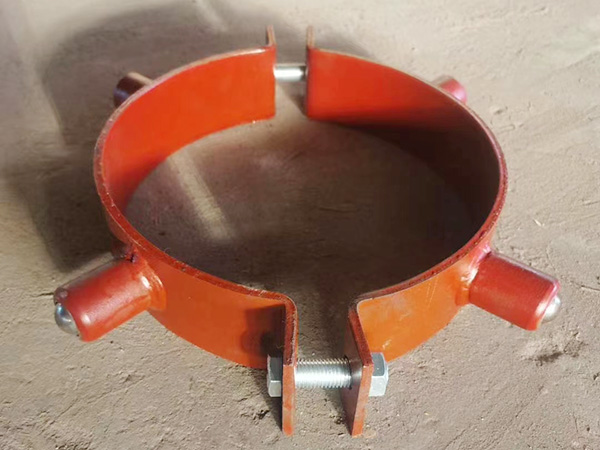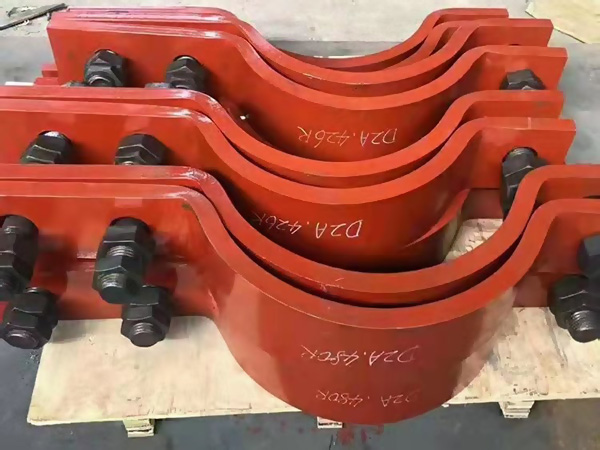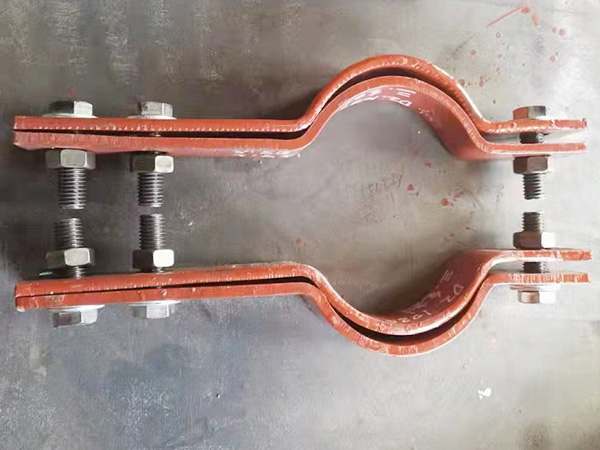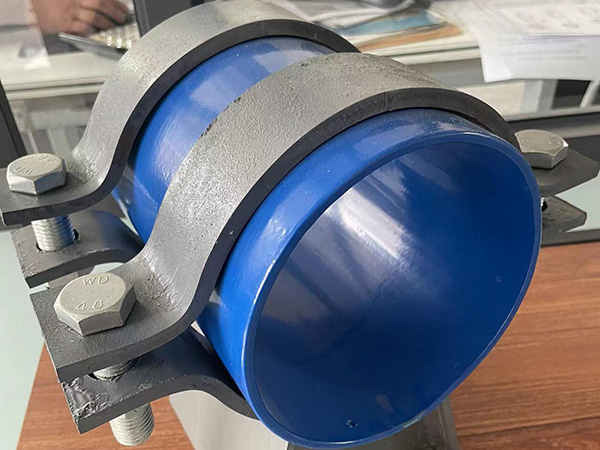Key steps in the installation and construction of polyurethane cold insulation pipe supports
Author:Mingde Time:2025-04-08 09:19:00 Click:152
The installation and construction of polyurethane cold insulation pipe supports must strictly follow the technical specifications. The following are the key steps and points:
1、 Preparation and inspection before construction
Material and drawing verification
Conduct material inspection on pipe fittings, pipes, and accessories to confirm compliance with design requirements.
Check the construction drawings and on-site pipeline layout, clarify the pipe support model, specifications, and installation position.
Pipeline pretreatment
Complete pipeline cutting, groove processing or threading, and confirm the accuracy of pipeline interfaces.
Conduct pipeline pressure testing, de washing, and flushing to remove impurities and prevent damage to the insulation layer.
2、 Installation and fixation of pipe supports
Pipe bracket positioning and placement
According to the design drawings, carefully place the polyurethane insulation pipe bracket in the predetermined position of the pipeline.
Confirm that the pipe support is tightly attached to the surface of the pipeline to avoid gaps that may cause loss of cooling capacity.
Fixed method selection
Bolt fixation: Suitable for detachable scenarios, it is necessary to confirm that the bolt tightening torque meets the design requirements to prevent loosening.
Welding fixation: Provide long-term connections and require anti-corrosion treatment of the weld seam (based on actual reports) to avoid corrosion.
Adhesive fixation: Suitable for vibration sensitive pipelines, low temperature resistant and aging resistant adhesives should be selected.
3、 Construction and thickness control of insulation layer
Layered construction of insulation layer
When the thickness of the cold insulation layer is greater than 80 millimeters or the thickness of the insulation layer is greater than 100 millimeters, layered construction should be carried out.
The thickness of each layer should be close to ensure uniform cooling effect and avoid local cold bridging.
Special protection for low-temperature media
Pipelines transporting low-temperature media need to add a special protective layer outside the insulation layer to reduce the loss of cooling capacity.
The protective layer material should have good low temperature resistance and be compatible with polyurethane cold insulation pipe supports.
4、 Check and adjust after installation
Overall inspection and deviation adjustment
After installation, conduct a comprehensive inspection of the installation position, fixing method, and insulation layer thickness of the pipe bracket.
Adjust the deviation area and confirm that it meets the design requirements.
Fixed mouth cold tightness value verification
Verify the cold tightness value of the fixed port, confirm that it meets the requirements of the process documents, and prevent stress concentration caused by thermal expansion and contraction of the pipeline.
5、 Installation precautions
The construction sequence is irreversible
Follow the sequence of "first inspection, then installation, and then commissioning" to confirm that each step meets the specifications.
Spring support hanger treatment
During installation, ensure that the spring is in a locked state and used as a rigid support hanger.
After installation, adjust the spring force according to the design requirements and confirm that the pipeline is evenly stressed.
Suspension rod length and displacement compensation
The length of the suspension rod should meet the displacement requirements of the pipeline during cold tightening, avoiding abnormal stress caused by the suspension rod being too long or too short.
The spring indicator should be placed in a location that is easy to observe for later maintenance and adjustment.
 Hot Products
Hot Products
 Contact Us
Contact Us
Contact:
Mobile:+86 +86 19133378808
Website:mingdepipe.com
Address:










